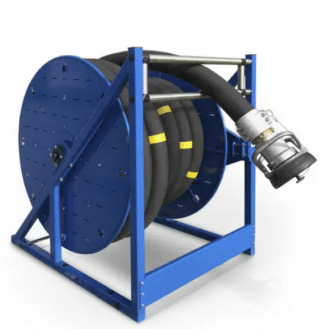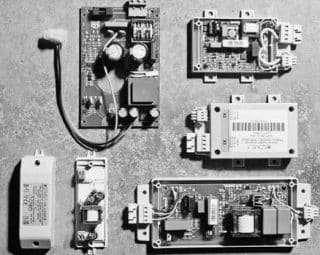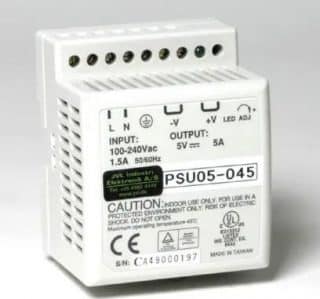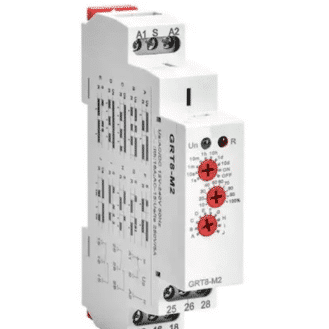A power supply is a system that provides electricity to electrical devices. This system ensures that the power supply to devices corresponds with their needs regardless of the parameters of the electrical network.

A power supply is a system that provides electricity to electrical devices. This system ensures that the power supply to devices corresponds with their needs regardless of the parameters of the electrical network.

MTM POWER power supply
There are 4 different types of power supply to meet the needs of different networks and devices.
AC/DC power supply: this is the power supply we use for everyday devices such as cell phone chargers. The power supply converts AC power from the grid into DC power and changes the voltage of the power to suit the needs of the devices.
DC/DC power supply: this is the power supply used in electronics. It modifies the voltage of the current and can change the shape of the wave if necessary.
AC/AC power supply: this is used in some very specific applications such as in some audio amplifiers. It can lower the voltage of the network.
Laboratory power supply: this can vary different current parameters to test equipment.
The different types of power supply
There are 2 types of power supply technology:

COMELIT linear power supply
Linear power supply
This type of power supply provides one or more stabilized and constant DC voltages despite the fluctuations of the network.
This system consists of a transformer, a rectifier, a filter and a regulator.
The transformer reduces the amplitude of the power grid voltage, the rectifier converts the AC voltage into a DC voltage, the filter stores the energy in order to smooth the output voltage of the rectifier while the regulator stabilizes and regulates the output voltage.
Linear power supply can deliver from a few watts up to several hundred watts.

JVL switching power supply
Switching power supply
With this type of power supply, the electrical regulation is ensured by power electronic components such as transistors, used in switching. Unlike linear power supply, switching power supply allows instantaneous power transmission.
Switching power supplies have been developed since the 1980s to overcome the drawbacks of linear power supplies (high weight and low efficiency).
The function of a power supply is to deliver a stable voltage whatever the value of the input current. To do this, there are different components: the filter, the stabilizer and the regulator.
The filter
The filter makes the output voltage from the rectifier as continuous as possible. Its main component is a capacitor, the value of which is often high, around several microfarads (µF).
The stabilizer
The stabilizer fixes the output voltage at a given value, this output voltage does not follow the evolution of the input voltage. A structure composed of a zener diode associated with a ballast transistor absorbs the variations in charges.
The regulator
The regulator sets the output voltage at a given value but, unlike the stabilizer, it follows its evolution. If the output voltage decreases, then the regulator changes its parameters to compensate for this decrease. This structure is carried out either by a regulator or by a structure associated with a ballast transistor.
The components of a power supply
The filter
The stabilizer
The regulator
In order to protect your installations, you will need to:
In a case of overheating, a lightning strike or any other problem on the network, the whole installation can be endangered and generate fires. For safety reasons, be sure to calculate the maximum power needed to supply your equipment. You will also need fuses and circuit breakers to protect your entire installation
Don’t forget:
Heat dissipation
Surge protection
Different assemblages are available for your power supply:


